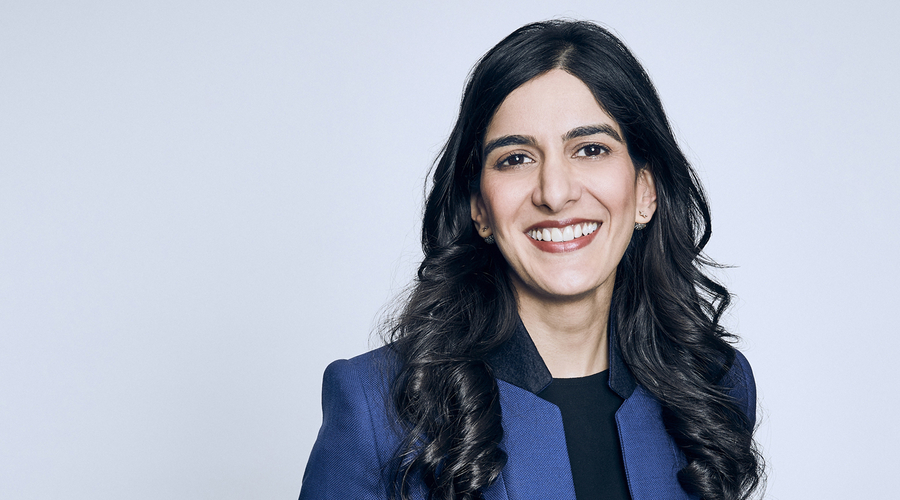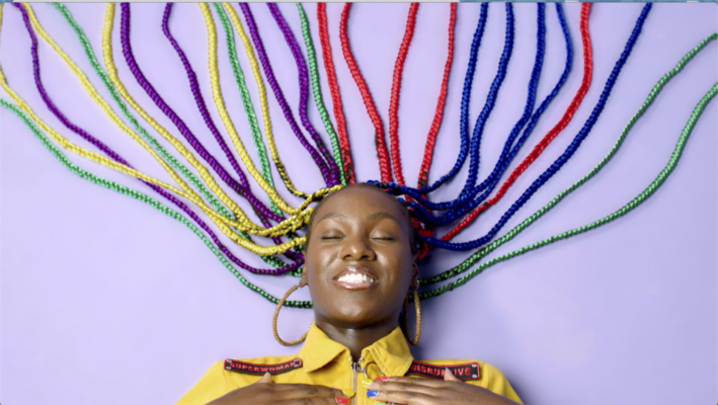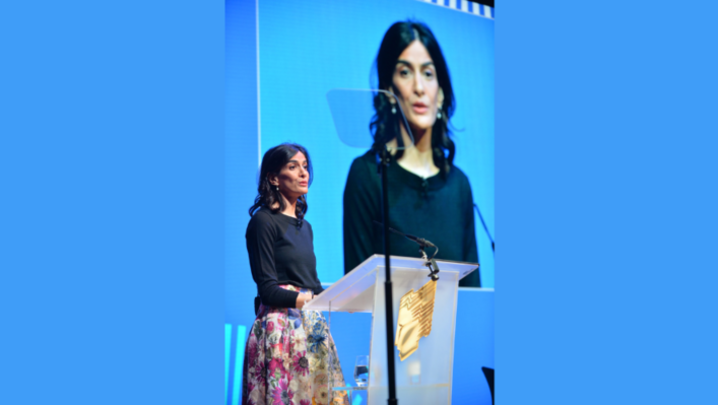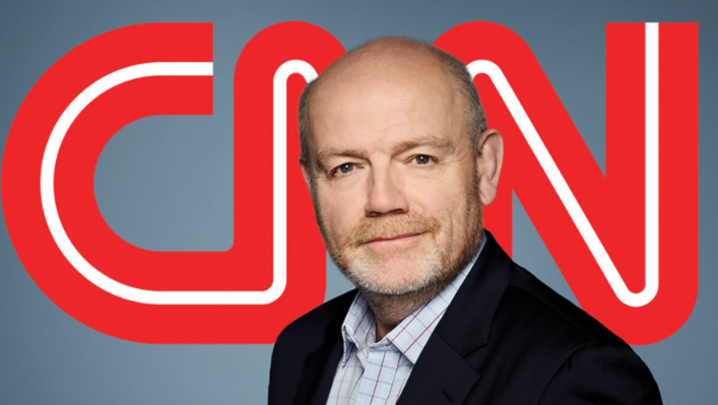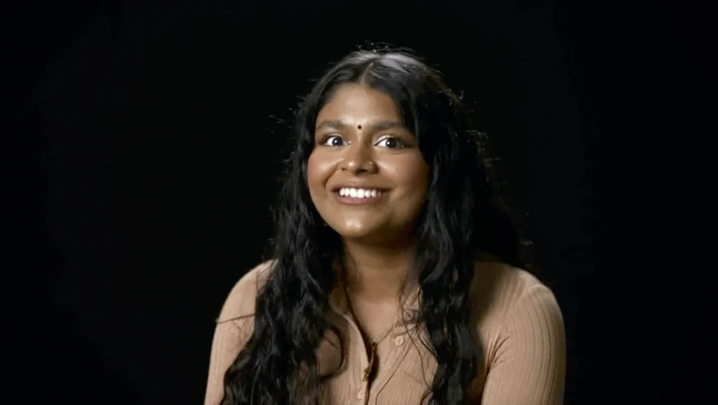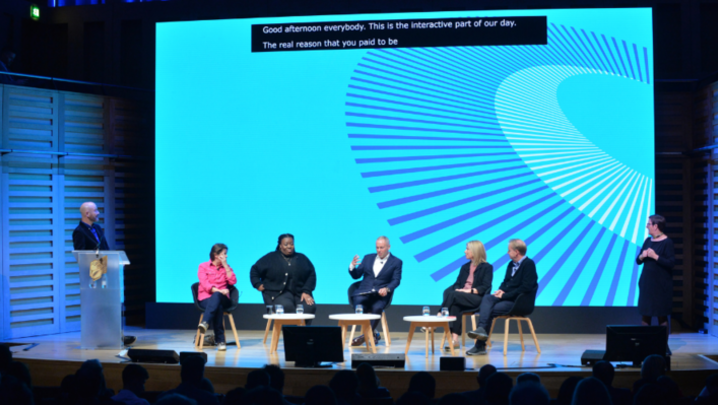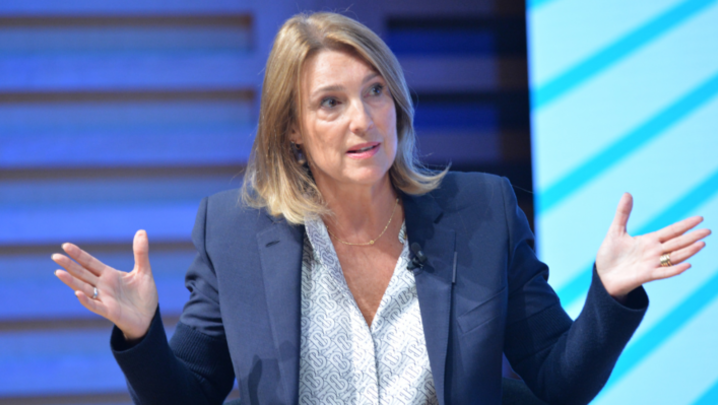RTS London Convention Chair Priya Dogra’s track record in billion-dollar deals gives her a unique perspective on today’s media landscape, says Steve Clarke.
For an Indian-born entertainment executive who has spent much of her life working for Time Warner in New York, Priya Dogra needs no reminding that today’s television businesses operating at scale have no option but to think globally. “Nowadays, hit shows come from all over the world,” she says.
Dogra, 43, was the big winner of the recent Warner Bros Discovery international reshuffle and, as the London-based President and Managing Director for EMEA, she leads one of the key international divisions of the newly merged behemoth.
The company’s brands in Europe include Warner Bros Pictures, Warner Bros Television, HBO and HBO Max, Discovery Channel, Discovery+, CNN, Eurosport, Cartoon Network, Adult Swim, Food Network, Quest, Really, Animal Planet, TLC, ID, HGTV, and Turner Classic Movies.
In other words, Dogra oversees a portfolio embracing streaming, movies, sports, TV networks and home entertainment, as well as programming and local production.
Despite her remarkable career, she is largely unknown to many in the British television community; the bulk of her working life has been spent across the Atlantic, in Canada and, more recently, the US. There she ran Time Warner’s global mergers and acquisitions team from New York during a pivotal time in the company’s evolution. She was a key figure in the company’s $109bn merger with AT&T. Earlier, in 2014, she successfully defended Time Warner against 20th Century Fox’s hostile bid.
This relative anonymity in the UK is about to change with her chairing of the RTS London Convention, “The fight for attention”. In fact, she returned to work in London in November 2020 as President, WarnerMedia EMEA and Asia (excluding China) just as the UK was bracing itself for another prolonged Covid-19-induced lockdown.
“In retrospect, it wasn’t the best timing,” she recalls. “We were in lockdown for something like six months. Here I was, in a city I hadn’t lived in for over a decade, managing a new job and trying to do it all from the comfort of my home office. That was not how I envisaged either my move or taking on a new role. The first six months were very challenging.”
“People burn through a series a week and then you never hear from them again. We need to think about what sort of content we invest in to meet what the audience is demanding, where we invest, how we exploit our shows across different platforms.
It is Monday morning, and she is speaking to me over Zoom from her home where she is working today. Although she doesn’t explicitly say so, I suspect some of her weekend was spent working. As a former investment banker employed by Citigroup, 100-hour working weeks were the norm. As she grapples with implementing the merger of Discovery and WarnerMedia in Europe, the demands on her time must be considerable.
As for her own viewing habits, over the weekend she’s been bingeing on The Wire from HBO, The Marvelous Mrs Maisel and she admits an addiction to Channel 4’s Come Dine with Me. “I watch an inordinate amount. It’s a show I can put on any time and enjoy.”
She is a fluent communicator who would give Apple Europe creative director Jay Hunt a run for her money in any competition to identify London’s fastest-talking media executive.
As the title of this year’s London Convention implies, one of the challenges common to all entertainment entities, from Netflix to the BBC, is how to cut through the plethora of content and persuade audiences not to be so promiscuous in their viewing choices, and thus allow media businesses to satisfy their shareholders.
But, in such a dynamic business as television, there is nothing new about having to compete for people’s attention, I suggest. “This is not a new battle,” she agrees, “but I would argue the fight for attention has become more intense. We’ve seen streaming services proliferate, which gives consumers more choice than ever before.
“We also face competition from outside the industry, whether it’s gaming, TikTok or YouTube. The competition set has expanded.
“So, as a business and as an industry, we need to think and act differently. How do you start to differentiate yourself with your content, with your IP, with your brands, and break through as part of the social conversation, when there are so many shows being produced?
“People burn through a series a week and then you never hear from them again. We need to think about what sort of content we invest in to meet what the audience is demanding, where we invest, how we exploit our shows across different platforms.
“How do you use different platforms like social media to support the core businesses?”
This world teeming with content is a universe away from the conservative media environment Dogra grew up with in Delhi in the 1990s. Before cable TV and foreign investment arrived, there were just two indigenous channels on the TV menu. For a child, the week’s televisual highlight was an hour of cartoons every Saturday.
But as multichannel TV emerged and she encountered American shows for the first time, she witnessed “the ability of media not just to reflect a society, but to actually shape it”.
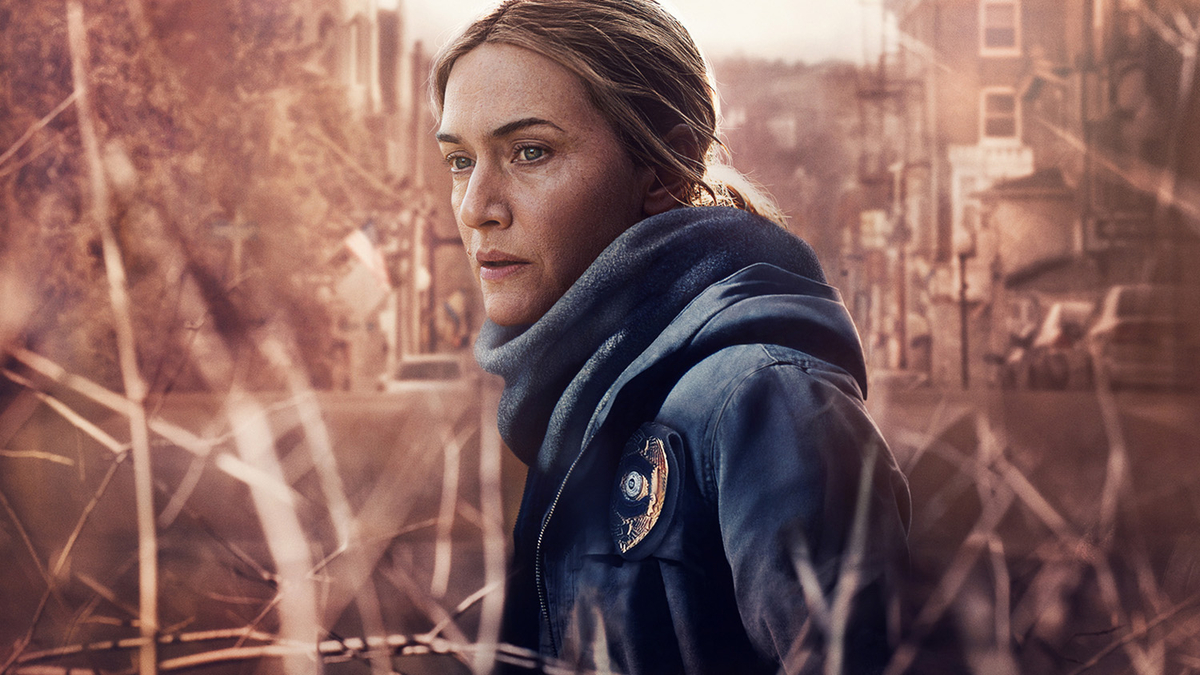
Dogra’s desire to see the world and her family roots (her parents had lived in Canada before she was born) persuaded her to leave India and attend the University of Toronto, where she read commerce and computer science. “Three years into the degree, I realised I didn’t have the passion for computer science. I realised it wasn’t going to be my career and that I wanted to be involved in business,” she recalls.
Landing a job at Citigroup’s Technology, Media and Telecoms group (Time Warner was a client) she spent seven years based in the New York, London and Toronto offices.
“Loads of people at my school went into accounting,” she notes. “It wasn’t something I was particularly interested in. I had some friends and family who had done investment banking.
“I was young, restless and ambitious, and wanted to live in some different cities. It seemed to be a job that would make use of my skills. I’m built to be analytical and to work hard. I like learning new things.”
She adds: “I really enjoyed my time in banking. You come in with a cohort of peers and you share some formative experiences. Some of the people I worked with then are still among my closest friends.
“This job involves long hours but you’re responsible for teams, I’m responsible for people, I’m responsible for the business. It involves an emotional responsibility that you don’t have when you’re younger.”
In 2009, she joined Time Warner’s mergers and acquisitions group. “These jobs are very much what you make them,” she reflects. “Your experience can be as narrow or as wide as you want it to be. I took the opportunity to wander around the company and ask people questions to find out how things work and what they do as a way to better understand both the detail and the big picture.”
Her curiosity paid off. Six years later she was leading the department. One of several coups was persuading online video specialist iStreamPlanet to accept Time Warner’s nearly $200m offer, beating rivals Comcast and Adobe.
She was reportedly one of only four company insiders to know about the initial negotiations for Time Warner’s proposed merger with AT&T and a key negotiator for the deal, internally code-named Rabbit as a homage to Bugs Bunny.
Previously, she had overseen the company’s investment in Hulu, led Time Warner’s talks for taking a stake in central and eastern European broadcaster CME, and acquired premium football rights in Chile and Argentina.
Her next rung up the corporate ladder was being appointed head of strategy and corporate development. She advised two successive CEOs, John Stankey and Jason Kilar.
Of this role, she explains that it involved “looking ahead three to five years and asking, what are the things that we should be doing as an industry that people doing their day-to-day jobs might not be thinking about”.
To return to the present, and the vital question of identifying content that cuts through: “How do we select the right kind of content to invest in? As a combined company, Warner Bros Discovery has a huge portfolio. We operate across scripted and unscripted and across film and TV. We also have different platforms.
“We release movies, we have networks, we have services. The first question is: which platform are you producing for and how do you window that content so that it moves from cinema to, say, networks, and, within that, how do we decide what to produce?
“Look, our job is to find the best stories, to showcase storytellers, to showcase talent, and it is less about how many shows we produce… The quality of the shows and the quality of the storytelling are paramount.
“When we look at our portfolio, it is not just shows and movies that build on the IP we have. We have DC Comics, Hanna-Barbera, Harry Potter… We have lots of franchises that sit within our business, but it’s also about how you service new stories and how you create completely new worlds.
“I’m not sure there is an answer to exactly how we decide it. But we sort of have a process by which we partner with storytellers and bring things to life in a way that we believe we do differently to others.”
In TV, what’s cutting through right now? “You want to tell stories that people watch in the moment, and they become part of the social conversation, because people like watching shows that other people are watching. That water-cooler effect, right?

“Also, you want to create shows that people go back to. Some examples of some shows that really cut through: Succession, Game of Thrones, And Just Like That…, the sequel to Sex and the City. People then went back and watched Sex and the City. This fall, we have House of the Dragon coming out, which, by the way, is fantastic.
“These are shows that have cut through and become part of the conversation. If you remember, in one of the lockdowns last year pretty much everyone in the UK was watching Mare of Easttown.”
We are seeing something of an arms race as, post-lockdown, the sheer amount of production has reached stratospheric heights – but, with the prospect of a recession, can the eye-watering sums being invested in content stay at this level? “Investors are no longer as tolerant of a lack of profits for a long period of time as they once were. They are demanding business models that are sustainable over shorter periods of time than people had anticipated.
“There are so many shows being produced, so how do you produce shows that break through? No creator wants a show to appear on the carousel and then no one hears from it again. This doesn’t mean that there won’t be robust levels of production, but it will mean that the pace of growth will certainly slow.”
Have we then reached peak scripted? “It’s a hard question to answer,” she concedes, “because a decade ago John Landgraf from FX said we’d reached peak scripted, and we continued to grow from that base.
“I do think the change in investor sentiment means there will be a change in how the industry goes forward. The level of spend cannot continue to increase in the unbounded manner that it has.
“If spend is an indication of what the future looks like, then I certainly don’t think the number of shows will continue to increase at the pace that it has done.”
The RTS London Convention 2022 takes place on 27 September.

